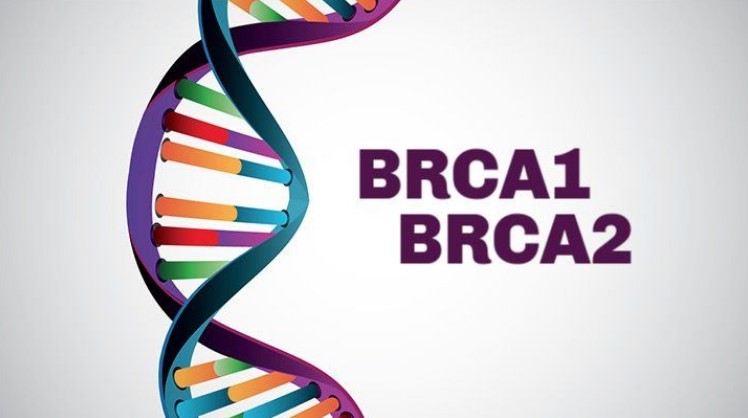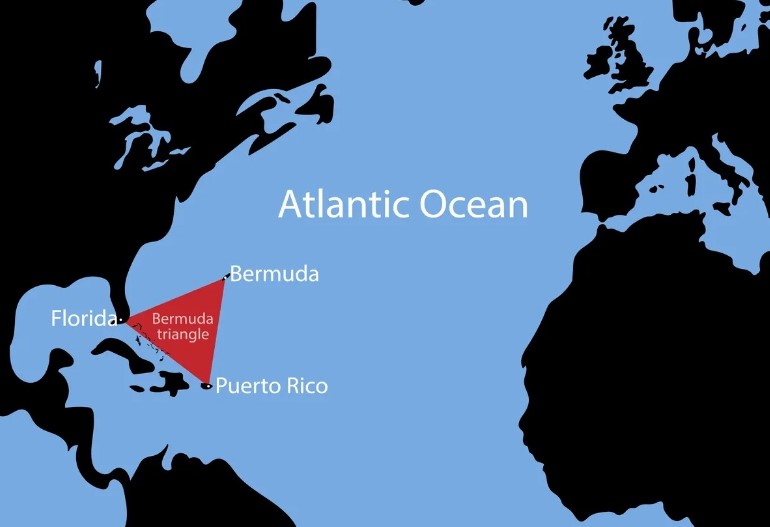Breast cancer: discovered gene that reduces the risks

Breast cancer: a discovered gene that reduces the risks.
A study conducted by the University of Otago has discovered a gene that, if modified, could reduce the risk of breast cancer.
The discovery, led by Professor Logan Walker, from Christchurch’s Department of Pathology and Biomedical Sciences, also opens the door for the development of a risk-reducing drug – a project which has already received funding and which will be led also by the University of Otago. The study, which yielded two “significant” discoveries, is the largest in the world of women with mutations in the breast cancer genes – BRCA1 and BRCA2. “We found a gene – SULT1A1 – which can help doctors decrease the chances of a woman getting breast cancer, especially if she also has inherited a mutation in the BRCA1 gene,” said Professor Walker. “We also found that women who inherited a BRCA1 gene with missing segments are, for as yet unknown reasons, at a higher risk of developing breast cancer.”
The study, in collaboration with the International Consortium of Investigators of BRCA1/2 Modifiers (CIMBA), involved approximately 26,000 women harboring mutations in the BRCA1 or BRCA2 genes and 166 researchers from 160 institutions worldwide. Inheriting a genetic mutation in these two genes means a high risk of developing breast and ovarian cancer. However, the cancer risk for these individuals varies significantly due to other unknown genetic changes, creating a significant challenge for clinical decision-making and counseling.
The study found that reducing levels of the protein produced by the SULTA1 gene , which plays an important role in the metabolism of carcinogens, reduced the risk of breast cancer. “When we reduced the activity of the SULT1A1 gene in the breast cells, the cells grew more slowly and were more resistant to DNA damage. This anticancer characteristic has been confirmed by the epidemiological results of 26,000 women,” she said.
The next step is the development of a risk-reducing drug, a project to be led by Otago-based Dr George Wiggins. Currently, the most effective risk reduction strategy for these women is bilateral mastectomy (surgical removal of both mammary glands). While effective, this approach is irreversible and can cause psychological and physiological harm to patients, especially younger women, says Associate Professor Walker.
“Prophylactic drug treatments are becoming well established for the prevention of several diseases. For example, aspirin, statins and antihypertensive therapies have had a major impact on reducing the incidence of cardiovascular disease and extending life expectancy,” explains Dr. Wiggins. “In comparison, progress in therapeutic interventions to prevent breast cancer has been limited. Providing easily accessible non-invasive preventive therapy to women at high risk of developing breast cancer would have numerous benefits for the healthcare system, for patients and their families.
“Such a therapy could give genetically predisposed young women the opportunity to give birth and breastfeed their own children, delaying or replacing the need for preventive surgery.” Effective prevention strategies for women at high risk of breast cancer are essential to control and reduce the social and economic impact of this disease”.



